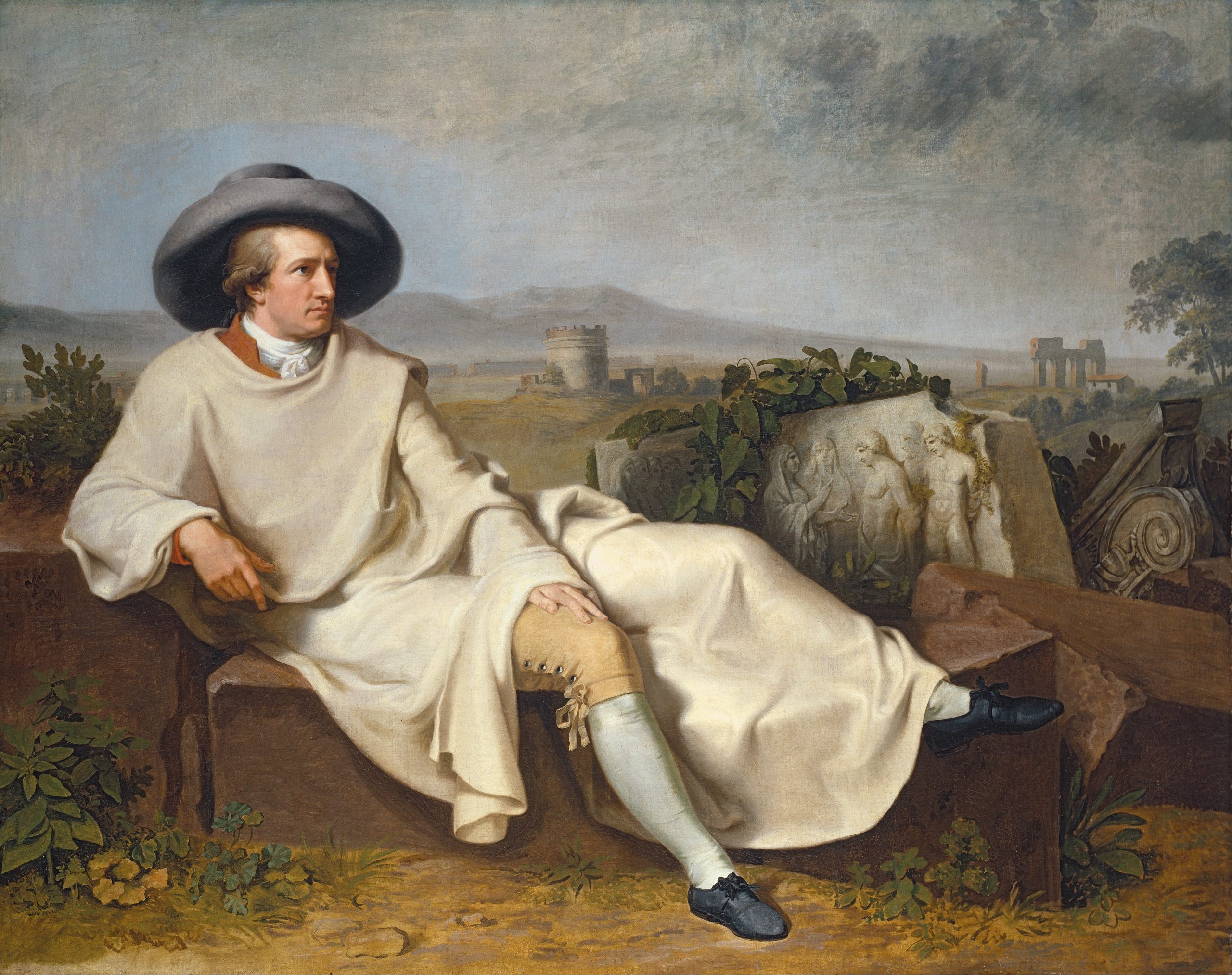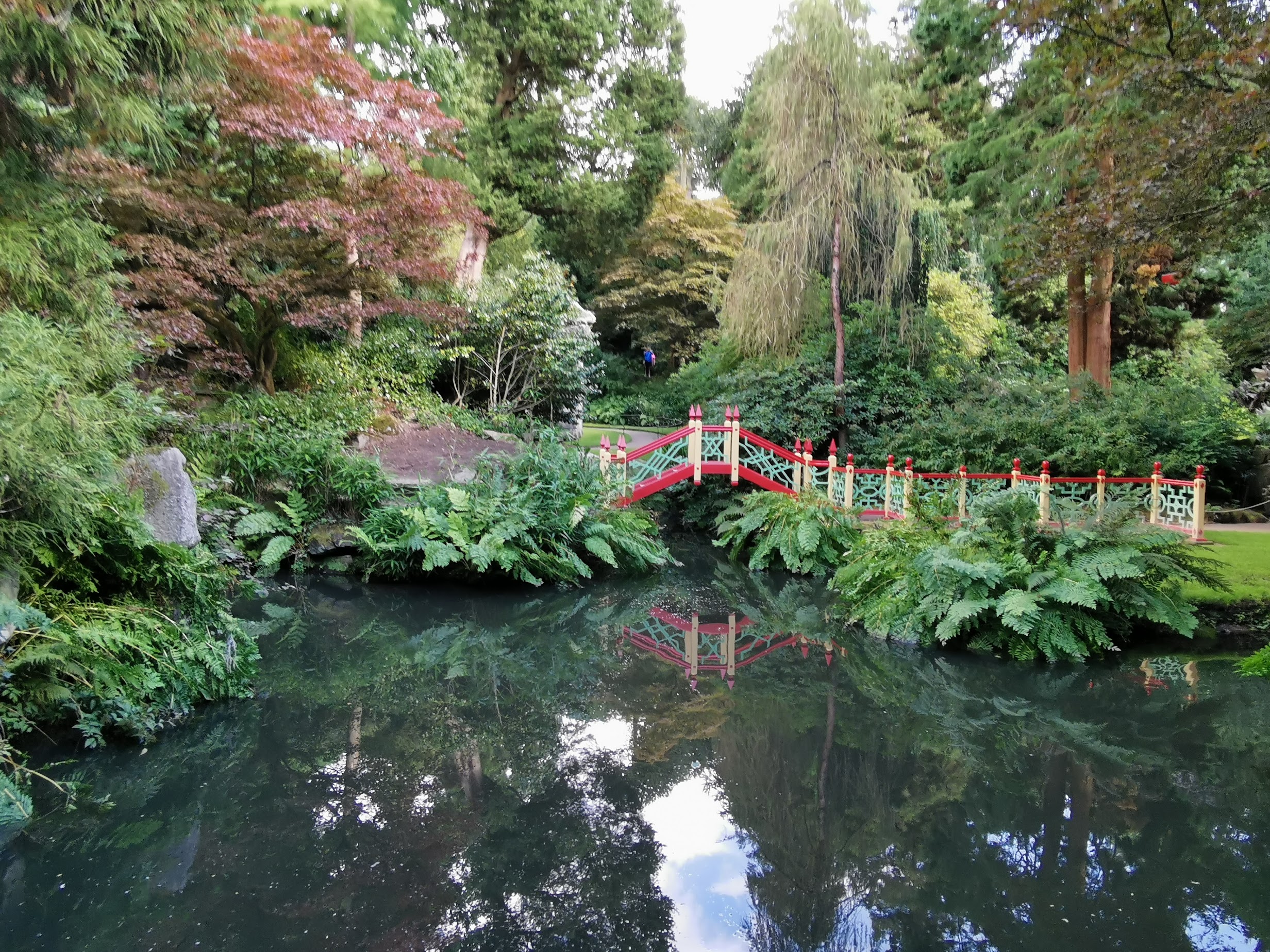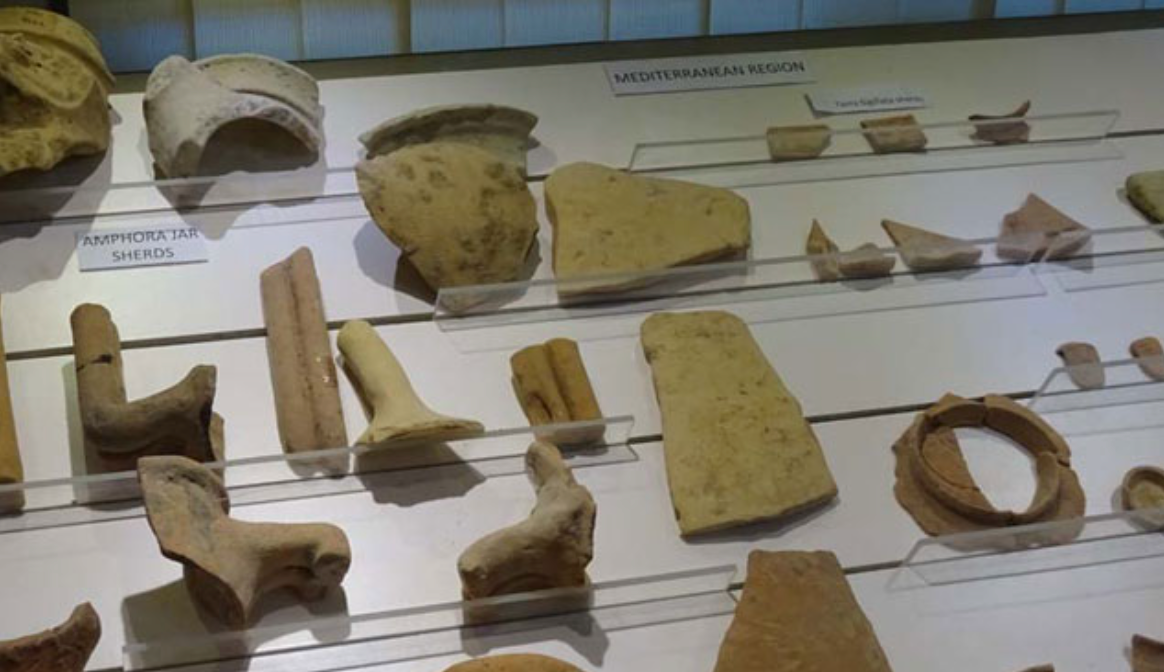Birgitta Hoffmann
 This autumn our Silkroad course is going to visit a slightly unusual element within the Silkroad studies – the transport within China.
This autumn our Silkroad course is going to visit a slightly unusual element within the Silkroad studies – the transport within China.
Why would this be so interesting? We all know, that the land route enters China at the Gansu Corridor by passing through a gate in the Great Wall. From there it moved on to Xi’an/Changan, the ancient capital of China. We also know that Guangzhou on the Pearl River is the oldest of the China Sea harbours that carried the Maritime trade on the Silk Route to and from the Harbours. Guangzhou is even far enough in the South that it acts as China’s Monsoon Trade harbour.
So far this is very easy and hardly surprising. The question is what happens then?
Xi’an/Chang’an ceases to be the capital of China in the late Tang period, when the capital moves East beyond the passes first to Luoyang, then to Kaifeng. Very soon afterwards you hear of other capitals, with Beijing, Nanjing and Hangzhou being probably the most famous sites.
If we assume that the high luxury items of the Silkroad trade were destined particularly for the court, these changes of capitals and the creation of multiple capitals, when China disintegrates over centuries means that a trade route ending in Xi’an is of little use to anybody.
Other problems are the imperial monopolies: Silk, salt and tea are legally only available through the imperial government. But the place where tea is grown and the place where the harbours are, are in the Tang period at the opposite ends of the Pearl River and a long way from Chang’an.
We also have to consider the massive distances involved: From Guangzhou to Kaifeng is 1500km with another 700km to reach Beijing. Shanghai is 900 km away, Dunhuang another 2000 km. None of these routes is easy, often crossing mountains, sometimes deserts and several huge rivers. Creating a viable road network was a century-long project which started with the Qin emperors and was added and adjusted as time and money permitted or demanded. Heavy, bulky or fragile goods were always at risk on the roads, whether transported by horses or by carts and thus not really useful to the Silkroad trader of fragile luxury items.
In response the Chinese developed a very efficient use of waterways. With long rivers like the Wei, the Pearl River and the Yangtse East-West transport was possible, if the various hazards to navigations could be mastered, but what if you needed to travel North-South or needed to cross between river systems, for example, to take the pottery from Jingdezhen or Changsha to Guangzhou?
In this course we will take a look on how these transport problems were mastered during the different dynasties and what this meant for long-distance traders who wanted to obtain goods from the interior of China but weren’t necessarily interested in travelling there themselves or even not permitted to do so.
 The Silkroad course on China starts on Thursday 3 October.
The Silkroad course on China starts on Thursday 3 October.
Places for the course or for individual lectures can be booked from this webpage here or via Eventbrite here.





